Top billed cast
 Ellen RichterDie Fürstin Woronzoff/Olga Petrova
Ellen RichterDie Fürstin Woronzoff/Olga Petrova Rudolf ForsterSassulitsch
Rudolf ForsterSassulitsch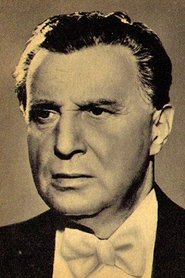 Artúr SomlayDr. Nemirowski
Artúr SomlayDr. NemirowskiHugo FlinkDimitrij
Alexander Ekert
 Emil Rameau
Emil Rameau Toni Tetzlaff
Toni Tetzlaff
Similar to Die Fürstin Woronzoff
Diamonds. Theft (2010)
This is a poetic film set in the times of Lenin's NEP. A ballet dancer steals a brooch and gives it as a present to another dancer. This is a crime of passion. A mysterious black ball is after the heroine. She runs away from it and manages to give the brooch in an exquisite pirouette movement, as shiny as diamond facets. What gives a stone its dazzling luster are its polished facets. But the real gem is love, and it's much harder to get than any diamond in the world.
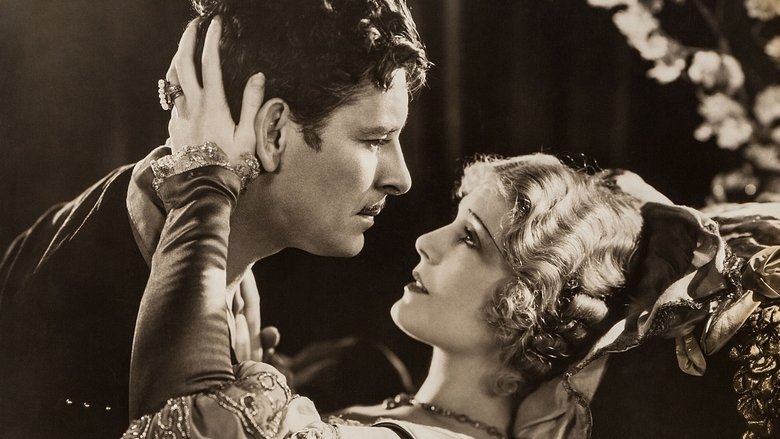
Two Lovers (1928)
Set during the 16th-century Spanish occupation of Flanders, the story concentrates on the fiercely patriotic Mark Van Ryke (Colman). Donning the guise of "Leatherface," a swashbuckling masked avenger, Van Ryke performs his derring-do on behalf of the Prince of Orange (Nigel de Brulier). Naturally, Van Ruke considers beautiful Spanish aristocrat Donna Leonora de Vargas (Vilma Banky) to be a bitter enemy, and the feeling is mutual. To no one's surprise, however, Van Ryke and Donna Leonara eventually fall in love (hence the title). The pulse-pounding climax finds Van Ryke riding hell-for-leather through a rainstorm to warn the Flemish troops about the Spaniards' plans to burn the city of Ghent to the ground. Two Lovers was based on Madame Orczy's novel Leatherface, and adapted for the screen by Alice Duer Miller.
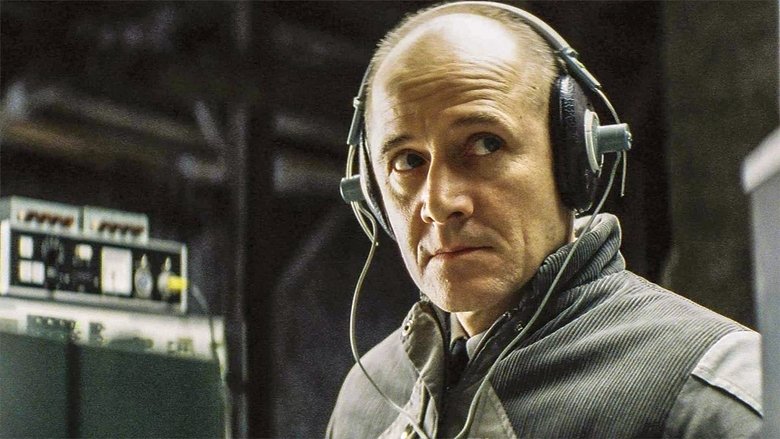
The Lives of Others (2006)
In 1983 East Berlin, dedicated Stasi officer Gerd Wiesler begins spying on a famous playwright and his actress-lover Christa-Maria. Wiesler becomes unexpectedly sympathetic to the couple, and faces conflicting loyalties when his superior takes a liking to Christa-Maria.

The Birth of a Nation (1915)
Two families, abolitionist Northerners the Stonemans and Southern landowners the Camerons, intertwine. When Confederate colonel Ben Cameron is captured in battle, nurse Elsie Stoneman petitions for his pardon. In Reconstruction-era South Carolina, Cameron founds the Ku Klux Klan, battling Elsie's congressman father and his African-American protégé, Silas Lynch.
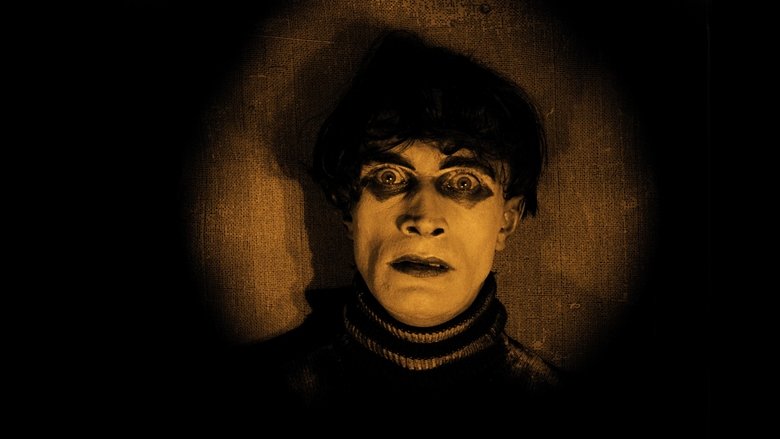
The Cabinet of Dr. Caligari (1920)
Francis, a young man, recalls in his memory the horrible experiences he and his fiancée Jane recently went through. Francis and his friend Alan visit The Cabinet of Dr. Caligari, an exhibit where the mysterious doctor shows the somnambulist Cesare, and awakens him for some moments from his death-like sleep.
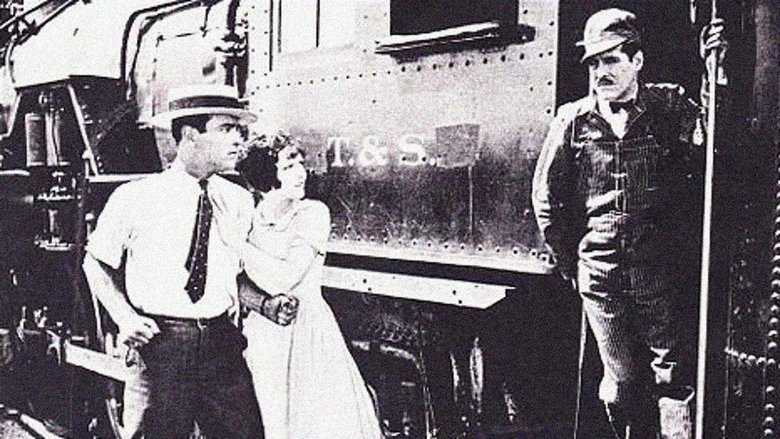
The Block Signal (1926)
Joe Ryan, a veteran train engineer, is demoted to a flagman position after a disastrous crash-- one caused by his cowardly and opportunistic partner. Though Ryan's failing eyesight is named as the cause of the crash, he's undeterred as he designs an automatic braking invention.

Sunrise: A Song of Two Humans (1927)
A married farmer falls under the spell of a slatternly woman from the city, who tries to convince him to drown his wife.
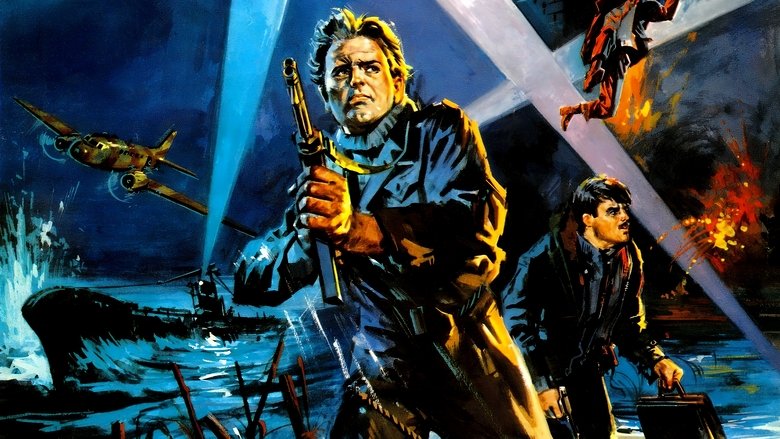
Soldier of Orange (1977)
The lives of Erik Lanshof and five of his closest friends take different paths when the German army invades the Netherlands in 1940: fight and resistance, fear and resignation, collaboration and high treason.
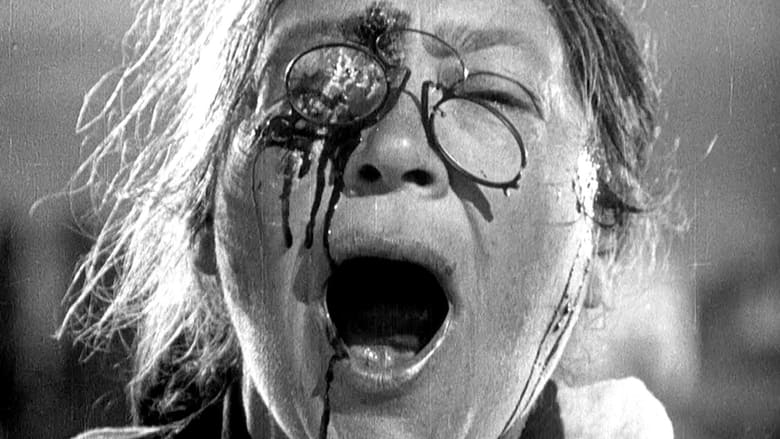
Battleship Potemkin (1925)
A dramatized account of a great Russian naval mutiny and a resultant public demonstration, showing support, which brought on a police massacre. The film had an incredible impact on the development of cinema and is a masterful example of montage editing.

Nanook of the North (1922)
This pioneering documentary film depicts the lives of the indigenous Inuit people of Canada's northern Quebec region. Although the production contains some fictional elements, it vividly shows how its resourceful subjects survive in such a harsh climate, revealing how they construct their igloo homes and find food by hunting and fishing. The film also captures the beautiful, if unforgiving, frozen landscape of the Great White North, far removed from conventional civilization.

October (Ten Days that Shook the World) (1928)
Sergei M. Eisenstein's docu-drama about the 1917 October Revolution in Russia. Made ten years after the events and edited in Eisenstein's 'Soviet Montage' style, it re-enacts in celebratory terms several key scenes from the revolution.
Cameo Kirby (1914)
Cameo Kirby is a 1914 American drama silent film directed by Oscar Apfel and written by Clara Beranger and William C. deMille. The film stars Dustin Farnum, Fred Montague, James Neill, Jode Mullally, Winifred Kingston and Dick La Reno. It is based on the play Cameo Kirby by Booth Tarkington and Harry Leon Wilson. The film was released on December 24, 1914, by Paramount Pictures.
The Lure of Crooning Water (1920)
A London actress collapses on stage and is sent by her doctor to stay in the country with a farmer and his wife. But when she starts an affair with the farmer, the idyllic life at "Crooning Water" is threatened with tragedy.
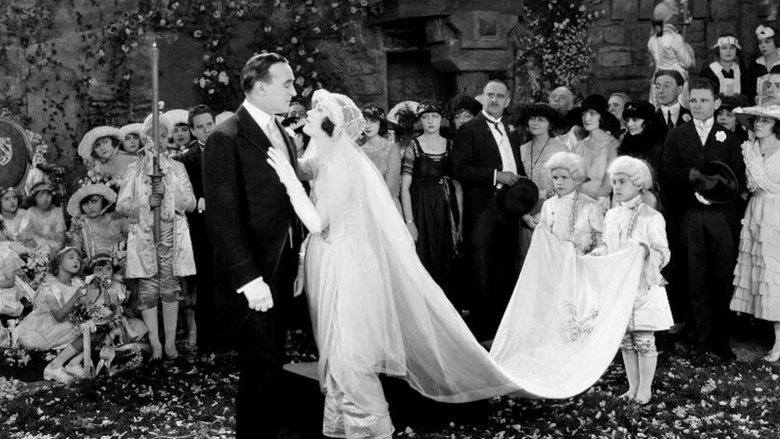
The Bride's Play (1922)
A sweet-natured young Irish woman is courted by a romantic poet and a local country gentleman. Which man will she choose?
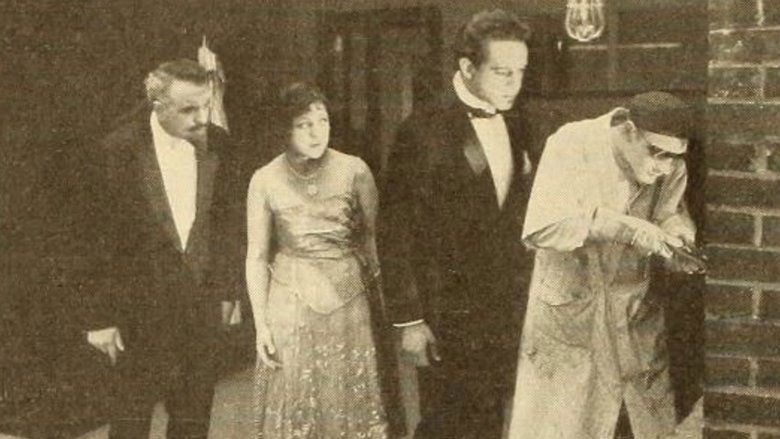
Hearts or Diamonds? (1918)
Wealthy diamond collector Larry Hanrahan is given the opportunity to assist the beautiful, jewel-bedecked woman he admires in a Broadway café when she and her guardian are attacked by robbers. Larry is invited to visit the grateful pair, Col. Paul Gascoyne and his ward Adrienne, at the colonel's laboratory, where he is introduced to Wintermute, a chemist who produces imitation diamonds. In return, Larry asks them to view his priceless diamond collection. Although he has fallen in love with Adrienne, Larry is forced to believe that she is a thief when he is robbed by a woman wearing Adrienne's scarf. Larry finds his jewels in Gascoyne's house, but before he can escape, a group of thugs overpowers him. Adrienne assists him in contacting the police, who arrive in time to capture Gascoyne and his gang. Badly wounded, the colonel confesses that Adrienne has been his innocent dupe, whereupon Larry happily takes her to his heart.

The Triplets of Belleville (2003)
When her grandson is kidnapped during the Tour de France, Madame Souza and her beloved pooch Bruno team up with the Belleville Sisters—an aged song-and-dance team from the days of Fred Astaire—to rescue him.

No Way Out (1987)
Navy Lt. Tom Farrell meets a young woman, Susan Atwell , and they share a passionate fling. Farrell then finds out that his superior, Defense Secretary David Brice, is also romantically involved with Atwell. When the young woman turns up dead, Farrell is put in charge of the murder investigation. He begins to uncover shocking clues about the case, but when details of his encounter with Susan surface, he becomes a suspect as well.
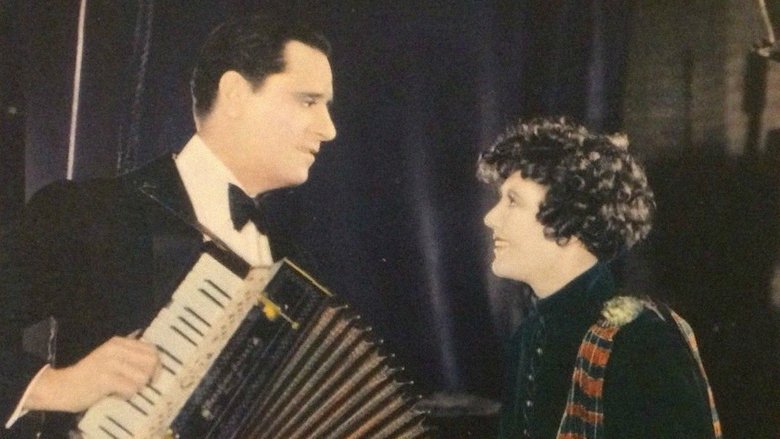
Broadway Nights (1927)
Fannie joins Johnny to perform a music-hall act which becomes a success, until two Broadway producers catch the act and offer Fannie a job on their latest show; however, they have no place for Johnny, so Fannie turns down the offer. (Film considered lost.)

U.S. Marshals (1998)
U.S. Marshal Sam Gerard is accompanying a plane load of convicts from Chicago to New York. The plane crashes spectacularly, and Mark Sheridan escapes. But when Diplomatic Security Agent John Royce is assigned to help Gerard recapture Sheridan, it becomes clear that Sheridan is more than just another murderer.